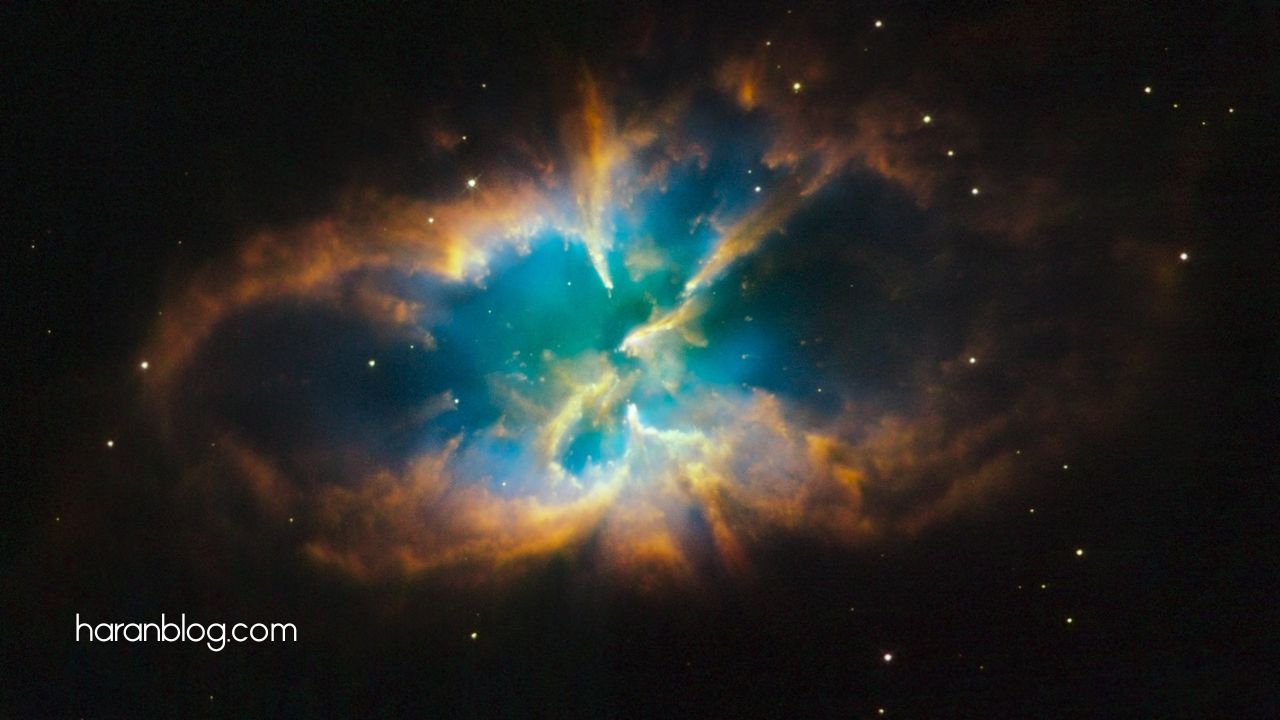If all we understood about the cosmos was untrue, what then? Now enter dark fluid, a novel idea that might unite dark matter and energy into one enigmatic force.
If such is the case, this hypothesis might upend the fundamental underpinnings of physics and challenge gravity, relativity, and the universe’s fate.
Realizing Dark Matter and Dark Energy
Scientists have battled to understand two invisible components of the universe for decades:
- Dark Matter: An enigmatic material holding galaxies together and stopping their flight apart.
- Dark Energy: The factor driving the fast expansion of the universe.
These two events remain some of the most mysterious events in physics even if they account for almost 95% of the universe.
Dark Fluid: Definition
The dark fluid theory holds that dark matter and energy are rather different states of the same material instead of independent forces.
Imagine a substance that promotes expansion by acting like dark matter in crowded surroundings (like galaxies) then transforming into dark energy in space.
Theoretical Background
Modifications of Einstein’s general relativity result in black fluid. Some scientists speculate that on cosmic levels, gravity itself might have different behavior.
Should dark fluid exist, it would help to clarify discrepancies in cosmic expansion and galaxy rotation without referring to two different forces.
Proof in Favor of Dark Fluid
Observations suggest that dark matter and dark energy could be one and same:
Stars close to galaxy edges move faster than expected, implying invisible mass in Galaxy Rotation Curves.
The first light in the universe points to heretofore unknown processes in action in cosmic microwave background.
If black fluid exists, it could assist to explain why space is stretching faster with time.
How Dark Fluid Might Alter Physical Reality?
Should such prove to be accurate, dark fluid could transform our knowledge of physics by:
- Changing Gravity: Newtonian physics and Einstein’s equations could be challenged.
- Corresponding with Quantum Mechanics: Some scientists believe it would close the distance between small quantum interactions and major cosmic rules.
Problems and Objectives
Dark fluid’s appeal notwithstanding its contentious nature stems from:
Lack of Direct Evidence: Not one study has looked especially for it.
Additional ideas, including changed gravity and additional dimensions, challenge the need of black fluid.
Contemporary Studies and Trials
Dark fluid is constantly sought for by scientists using:
- Advanced Space Telescopes: The Vera C. Rubin Observatory and the Euclid Mission aim at mapping dark features in the universe.
- Particle Physics Experiments: Large Hadron Collider (LHC) studies in particle physics could provide hints about their existence.
Prospective Future Implications
- Physics laws might need a make-over.
- Advanced Space Travel: Knowledge of dark fluid could open fresh propulsion sources.
- Deepening Our Cosmic Knowledge: It could expose the universe’s ultimate fate.
Conclusion
Dark fluid also fascinates and disturbs me equally. Should it be verified, it might merge two of the most important cosmic riddles into one elegant explanation.
Though more research is required, an interesting theory called dark fluid could transform our understanding of physics. You can also read The new model can finally predict how blood and other strange fluids flow
FAQs
While dark matter is another theory used to explain missing material in galaxies, it combines dark matter and energy into one entity.
Indeed! Should dark fluid exist, it can explain both the accelerated expansion of energy and the gravitational influence of dark matter.
Researchers depend on indirect techniques, including large-scale cosmic measurements, cosmic microwave background radiation, and galaxy rotation curves.



